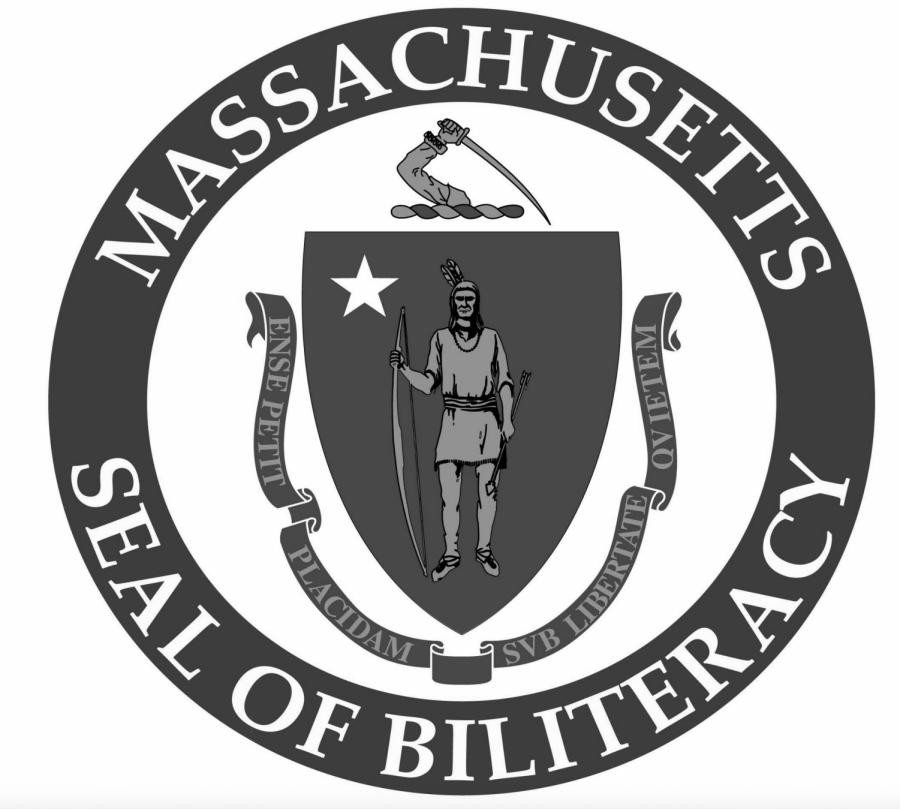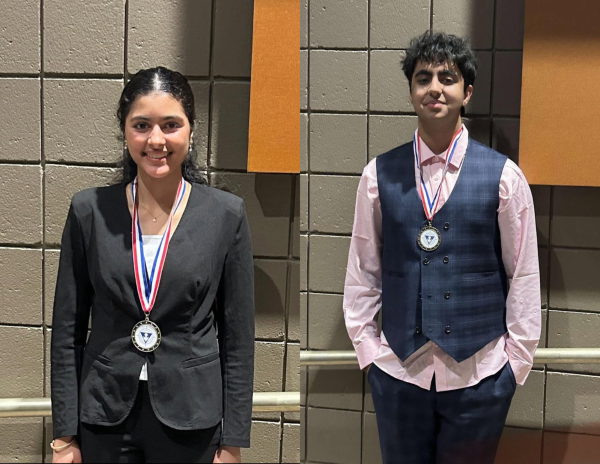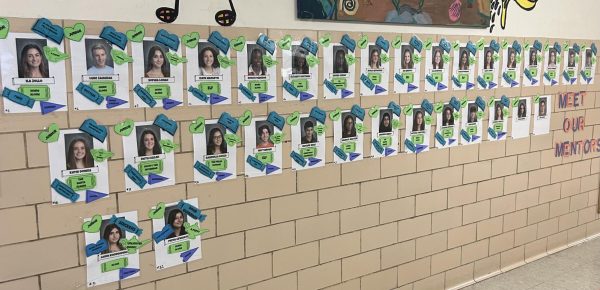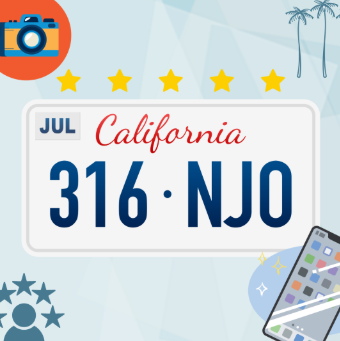Walpole High School Now Offers the Seal of Biliteracy
Beginning this year at Walpole High School, the Seal of Biliteracy award, which is provided by the State of Massachusetts, is being offered to students who have reached a proficient level in listening, speaking, reading and writing in two or more languages by the time of high school graduation. Receiving this award opens up several opportunities for students to communicate with academic institutions, employers and other groups, where these award-winners will have the ability to work with other bilingual students.
“I would encourage people to take the test because it’s hard for a language student to know how much they have learned based on how many years they have studied a language,” Foreign Language Department Head Lisa Osborne said. “This test shows students what level they fall into, which could be novice, intermediate or advanced.”
To qualify to win the Seal of Biliteracy award, students participating must receive a score of 240 on their MCAS ELA, and they also must score at the Intermediate-high level of the American Council on the Teaching of Foreign Languages (ACTFL) on a language test administered by the department, and they also must demonstrate proficiency in two languages (one of which can include English). Their level of proficiency is determined by their performance on the Seal of Biliteracy test.
“I feel like not only does it look good on resumes, but it also gives you recognition for something you’ve been studying since the seventh grade,” junior Alison Giffen said.
Any junior or senior student at WHS had the choice to apply for the Seal of Biliteracy exam in March if they qualified, and the test took place on April 17, 23 and 25.
“We have students whose first language is Arabic, or Mandarin, or Russian, and they have come in and taken the test,” Osborne said. “That’s showing that our English language learners and our foreign language learners are reaching proficiency in two languages.”
In comparison to nationally administered exams like the National Latin Exam or the National Spanish Exam, the Seal of Biliteracy test allows students to get creative with their responses.
“I feel like this test was both easier and harder than other language tests. It gives you a chance to have more open ended questions that don’t have just one answer,” Giffen said.
This exam is one of the only language tests administered at WHS that has interactive qualities integrated into the questions, opposed to the primarily multiple choice questions on other national exams.
“Most students feel good about [the exam]: the listening section wasn’t multiple choice, you had to use pictures, and the speaking was more like a conversation with an avatar,” Osborne said. “They found it to be more engaging than the other national exams, and I would say it’s not as tiring as the AP exams.”
The Seal of Biliteracy is open to all students and is not inclusive to one language, which means that students with all kinds of different backgrounds at WHS can have the chance to demonstrate that they are biliterate.
“[The Seal of Biliteracy] really gives students data to show where they are on the spectrum of how strong they are in the language,” Osborne said, “I would also encourage students to take the test because it can show colleges that if they get the seal, their range is intermediate, high, or advanced low, and that speaks to their language ability more than just taking a language for four years.”

Brianna Deasy, class of 2020, is a second year staff writer for the Rebellion. Outside of school, she works at Country Kitchen Coffee and Donuts, and...










